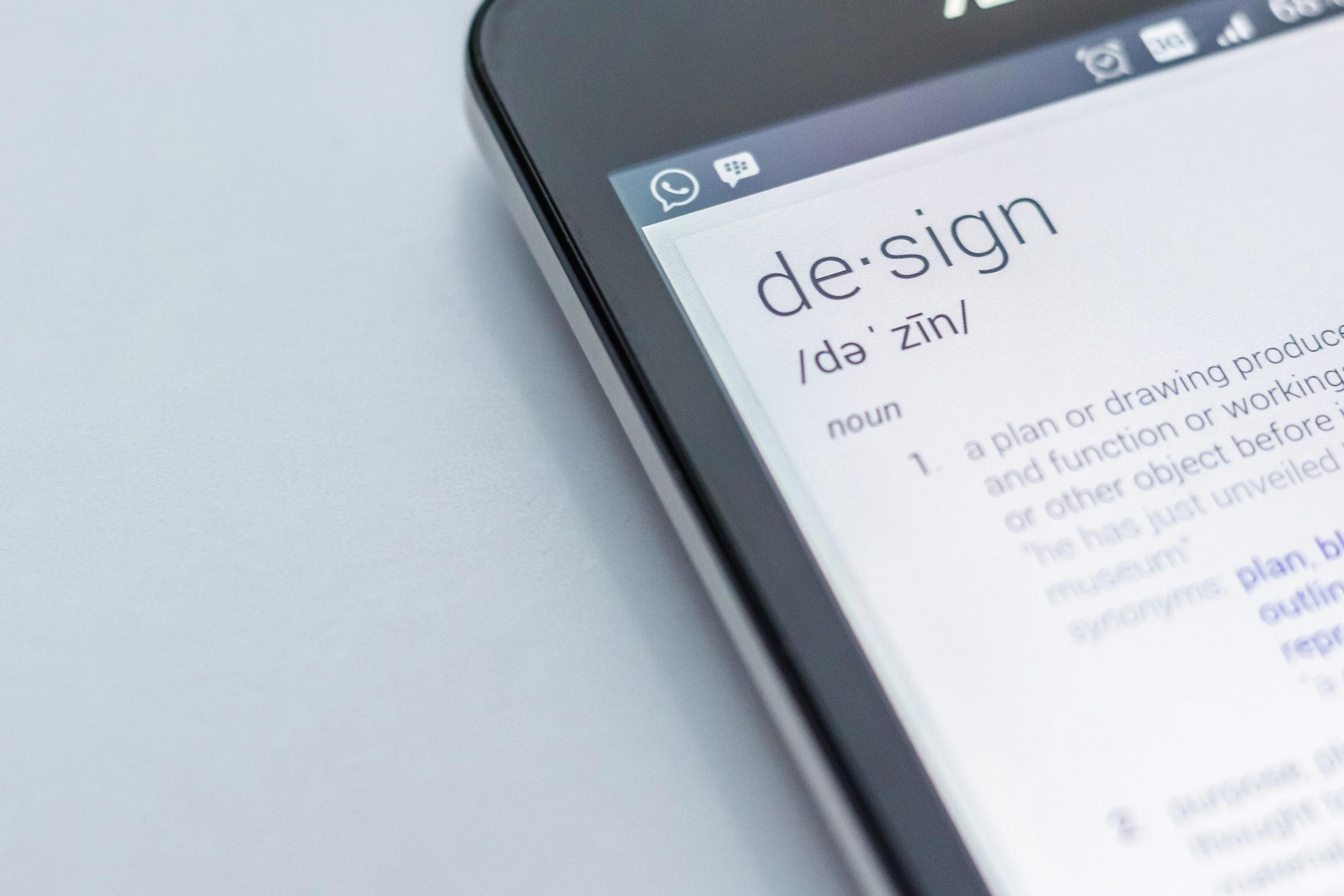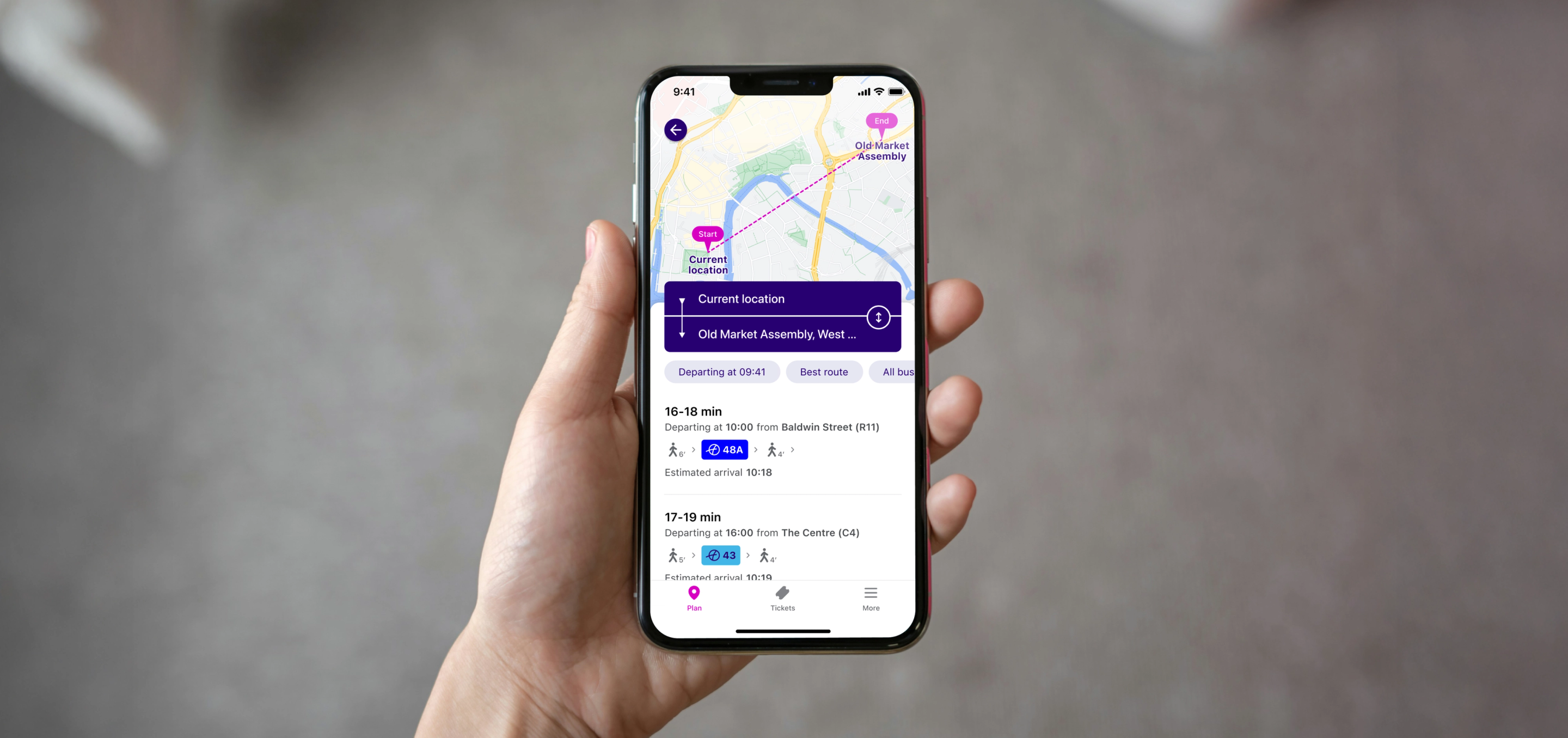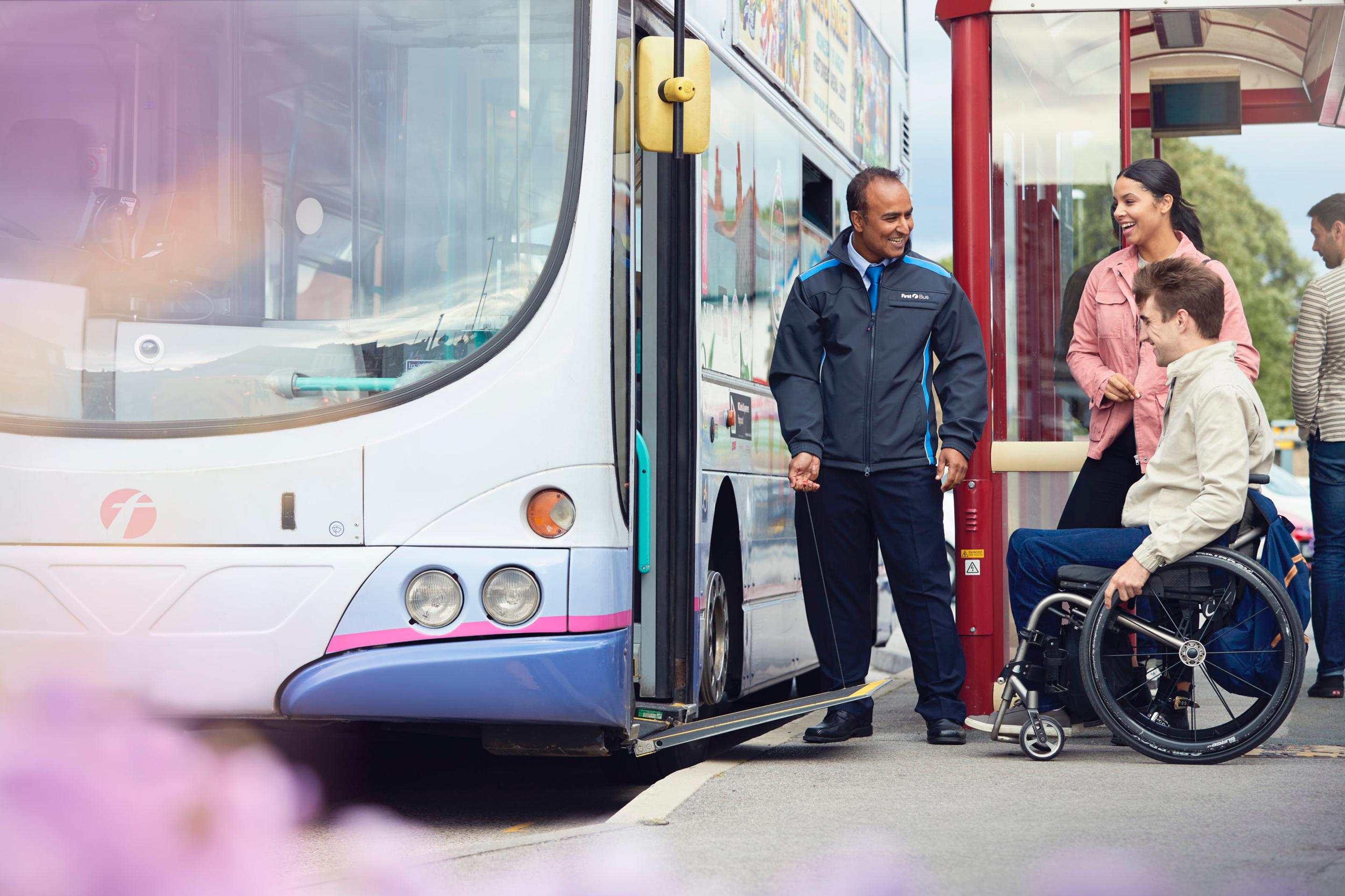Building Retail Customer Loyalty

The world of retail is changing, and retailers along with it. With more and more businesses embracing digital transformation and adopting e-commerce strategies, retailers have been forced to become ever-more competitive to capture new customers from around the world.
However, just because retailers now have access to a wealth of new business prospects, it doesn’t mean they should neglect their existing customers. Indeed, building retail customer loyalty is the only way retailers can guarantee long-term profits and growth.
So, what strategies are out there to help retailers hold on to their loyal customers, and what technology currently exists to help them achieve this? This article will discuss all of the above in detail and outline how Future Platforms can help boost customer loyalty through new tech. Read on to learn more.
4 Retail Loyalty Strategies
Let’s consider a few proven retail loyalty strategies and think about what has worked in the past.
1. Loyalty Programmes
Developing a digital loyalty programme is one proven method of boosting customer retention. We’ve already explored this topic in detail in a previous article. Still, in a nutshell, this tactic involves incentivising certain customer behaviours by offering tantalising rewards for performing specific actions — thus encouraging them to stick with your brand.
These rewards could involve early access to certain products or services, discounts and freebies, or even exclusive content and personalised experiences. Meanwhile, the loyalty programmes themselves can be structured through several different models, such as:
2. Personalisation
Personalisation is becoming more and more important to shoppers, particularly when it comes to those operating in online marketplaces. Indeed, research shows that approximately 66% of customers now expect retailers to understand their unique needs, and want them to cater to their requirements with tailored services.
On paper, all this might sound like a daunting expectation. Yet, thanks to the wealth of customer data that businesses now have access to, and technology such as data analytics and AI, personalisation is more achievable than ever.
By acquiring information on consumer’s purchasing habits, behaviours, likes and dislikes, and demographics, you can respond accordingly with tailored offers. This, in turn, will make the individual customers feel heard and respected; making them far more likely to remain loyal to your brand.
3. Customer Service
Similarly, another important aspect of customer retention is making customers feel that their feedback is being recognised and responded to. This might involve having a dedicated customer team answering their queries and complaints politely and promptly.It might involve being more active on social media channels, and a higher degree of interaction with your followers and consumers. It might also entail moderating customer reviews on the platforms you choose to sell on.
While managing these issues can be tricky, this is yet another area where new technology can come to the rescue. Indeed, automation and generative AI can do wonders for a retail business looking to boost retention through timely feedback. For example, integrating a chatbot into your website can help customers quickly and easily get an answer to their frequently-asked questions; freeing up human agents to deal with resolving more complex issues.
4. Seamless Customer Experiences
Ultimately, customers will remain unflaggingly loyal to a retail brand so long as they associate it with a positive shopping experience. No matter whether the store itself is online or digital, the customers themselves will be more likely to return there if shopping is seamless.
That means that the store must boast a welcoming and pleasing aesthetic, that it is easy to navigate, and that all of their payment options are catered to. Similarly, this positive customer experience must be consistent across all touchstones, across all stages of the buyer journey.
For physical stores, achieving this might involve extensive store planning and strategic staffing. For e-commerce, it can be helpful to ensure that your website, app, or platform is optimised and adheres to digital design best practices.
Boost Customer Loyalty With Future Platforms
As you can see, successfully embracing many of these strategies often depends on taking advantage of new technology and integrating it into your existing business. But if you’re not an expert in tech, or just don’t know where to start, this can be a tricky process. That’s where Future Platforms can help.
Our team already boasts plenty of experience helping our retail clients boost customer retention through new tech, processes, and strategies. We’ll work closely with your brand to understand who your customers are, what they want, and build a roadmap to help you retain them. Then we’ll help you get to grips with any new technology you need to help achieve your goals, guiding you through it to attain your many goals.
So, if you’d like to know how we can help, then get in contact with our team today.
Insights

Top 5 Cases of Digital Transformation in Transportation

How Website Design Services Impact Brand Loyalty

How the iPod changed the world – and why its legacy lives on

The Psychology of the Pause: Why Friction Builds Trust in a High-Stakes World

The NHS Track-and-Trace App: The Good, the Bad, and the Ugly
